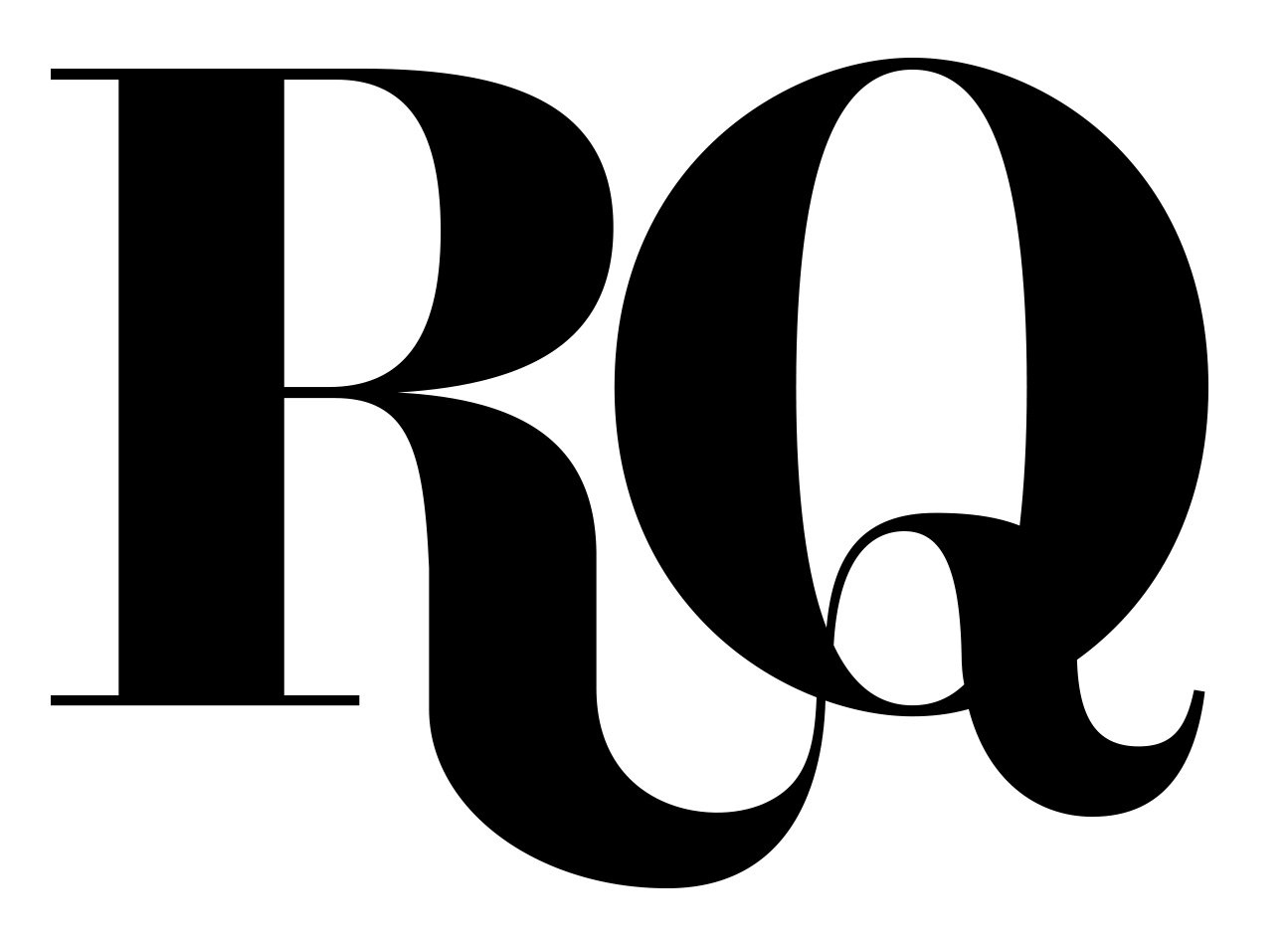REVIEW & PROFILE // LANDSCAPE AND MEMORY
Saskia Fleishman explores the brackish waters of time and place
by Alex Grimley
EXCERPT //
Memory is a feeling. Fleeting, ephemeral, evoked by scents and sights and sounds, memories are forever slipping away, just beyond our grasp. In a society defined by the constant deluge of media, where cultural memory is commodified into nostalgia, occasions for authentic, meditative experience can seem scarce. The landscapes of Saskia Fleishman offer a corrective for this circumstance. Though deeply rooted in her personal experience, her paintings are more an evocation of time and place than a precise representation. And though they depict the exterior environment, they afford an experience of interiority. Her work creates spaces for the viewer, a space for the projection of personal memory.
Just six weeks after Fleishman’s first New York solo show at Cheryl Hazan Gallery closed in July of 2022, another solo show of recent work opened at Pentimenti Gallery in Philadelphia. A few days after that opening, she was off to Wyoming for a monthlong residency in a small town called Dayton, at the northeast foot of the Bighorn Mountains, close to the border of Montana.
On a late afternoon near the end of October, just after she’d returned to Philly, I visited her Fishtown studio, arriving at the end of her work day. Fleishman, 27, welcomes me at the door and into a small, neatly cluttered vestibule. She’s tall and athletic, clad in a T-shirt and jeans lightly flecked with paint. Talking about her work, she speaks thoughtfully, smiling often, with an easy laugh. Around us, paintings wrapped for travel lean against the wall, and more hang above. Underneath a small work table are stacked boxes of paints and materials.
I’m immediately immersed in her world: The vestibule opens onto her studio proper—a spacious, high-ceilinged room with a tall, east-facing window that takes up most of an exposed brick wall. A painting in process lays atop sawhorses in the middle of the studio, with a couple of moveable carts loaded with paints and brushes nearby. Recently completed paintings of the mountainous western landscape line the studio walls; others were in different stages of completion.
As I take in all these works, she talks about sunsets, the subject that reappears more often than any other throughout her work. “Sunsets are both infinite and ending notes. When we look up at the sky, when we see sunsets on the horizon, we’re taken out of our routines and ourselves, and something universal and bigger is taken over,” she says. She speaks openly about the practicalities of her process—mixing sand into paint, using an airbrush to spray colors.
Her deep feeling for the potential and possibilities of materials comes through as much in her conversation as it does in her paintings. Though at the beginning of her career, she’s already worked through several painterly styles, creating landscapes with varying levels of abstraction, all of them confidently executed.
For full text and images, consider reading RQ in print, on a Sunday afternoon, sun streaming through your window, coffee in hand, and nary a phone alert within sight or in earshot… just fine words, fine design, and the opportunity to make a stitch in time. // Subscribe or buy a single issue today. // Print is dead. Long live print. //

